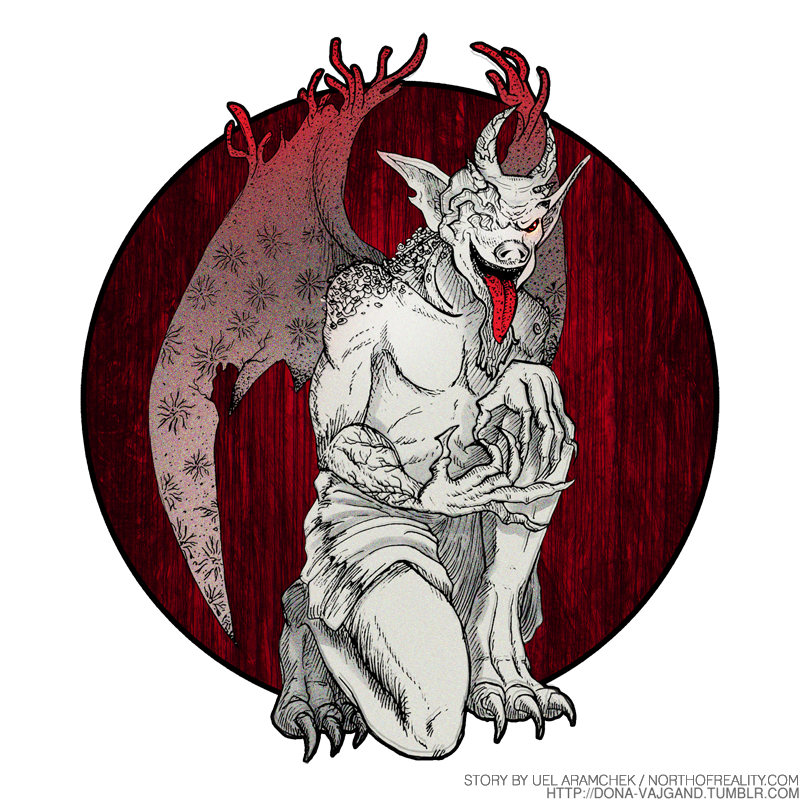Few visitors can be found within the walls of the Red City, and among these few, none set foot in its Burning District. There is very good reason for this, as its name might suggest; it is a place set aside for intelligent disaster, so that what remains recognizably human beyond might be spared.
At the height of its technological renaissance, the Red City was illuminated from below by a vast, underground fountainworks of flame. “The Great Fire Network,” as it was known at the time, burst forth from steel tubes rising from the streets as torches, and flowed from forges to ovens to fireplaces seamlessly, as directed by its embedded mechanisms. Whereas other cities relied upon tamed lightning to channel power from one place to the next, the Red City had no need for such complicating efficiencies: it happened to rest atop a subterranean ocean of petroleum which provided seemingly infinite fuel.
As one might imagine, such a thing could only last for so long before mistakes were made, and the fuel of the world below ceased to be enough.
The Fire Department is said to have fought to their last, and when there were none left among their ranks to fight, their automatons carried on in their stead. These beings of brass and rubber bore the countenance of humans from a distance, but on the inside, they were powered by the very same fire they fought against. The more cunning flames saw through this ruse, and saw themselves in the eyes of the machine-men, and learned to wear their bodies like masks.
That could have been the end of it right there, but the Fire was shrewd, and knew better than to make fuel of all things. It wandered forth from the Burning District as a battalion of smoking brass, and named the terms of humanity’s unconditional surrender: a section of the Red City all to itself. There, it would burn, rebuild, and burn it all down again, forever, without relent. Should the living ever trespass, or attempt to extinguish it again, there would be no warning: it would thenceforth claim the rest for itself.
Surprisingly, the Great Fire Network continued to operate over the course of the decades that followed. In spite of past conflict, the flames welcomed trade, and diplomacy, and continued to service the rest of the city in exchange for unnatural resources. Within the district's walls, factories churned out contraptions designed to destroy themselves in beautiful and elaborate ways, from ouroboros-mouthed howitzers to self-smelting volcanoes of iron. The brass automatons had increased in number, though any human semblance had been lost in favor of numerous, sea-urchin-like clusters of hose-limbs. Through its parallel existence with humanity, the Fire learned to prosper.
Even so, the network fell out of popular favor, in large part due to general unease. What few people remained in the Red City felt more comfortable in the dark.
An outbreak of magnetic fire would have been even worse.
Above all else, the Red City is plagued by bad ideas.
Visitors to the surface of the sun report similar conditions.


